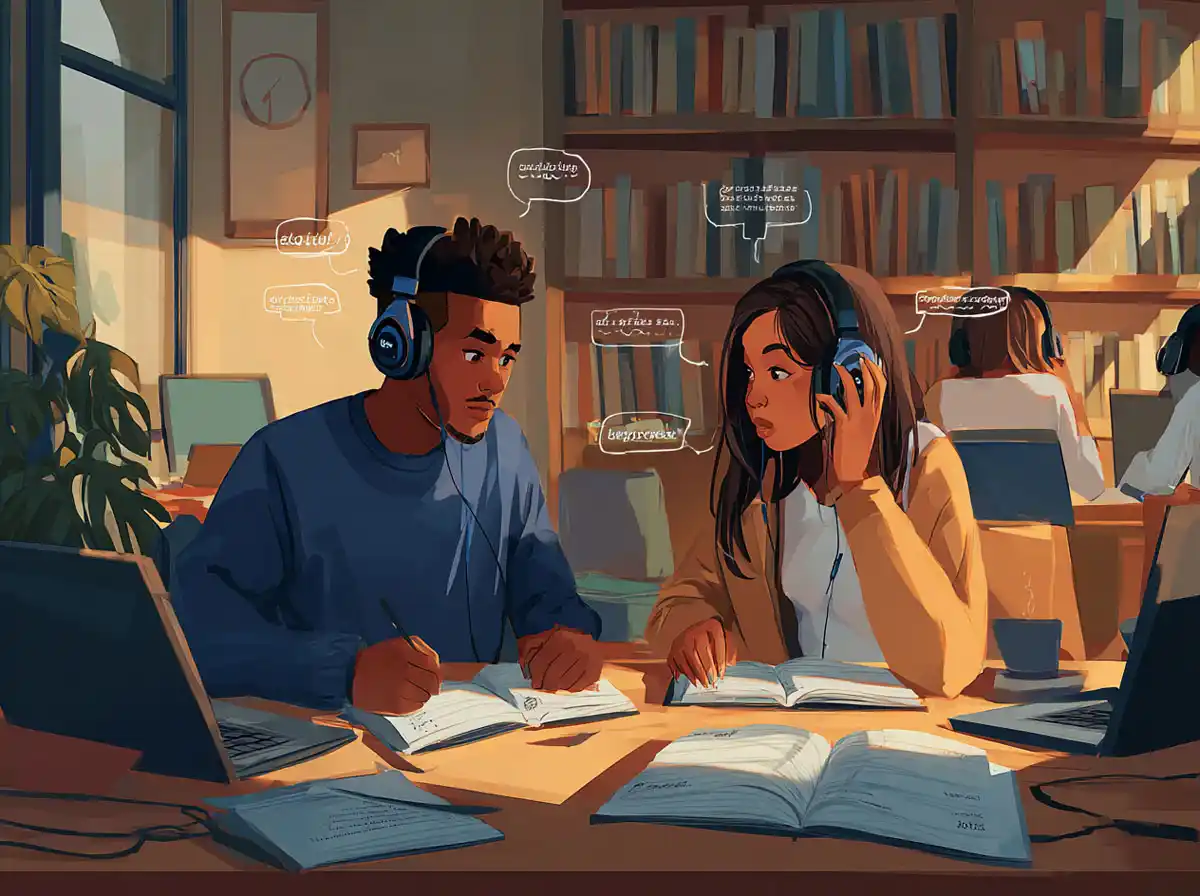Understanding the Importance of Greetings in Catalan Culture
Greetings are more than just words; they reflect respect, politeness, and social norms. In Catalan culture, greetings can vary depending on the setting, relationship, and even the time of day. Recognizing these nuances will help you communicate more naturally and respectfully.
- Formal vs Informal Greetings: Catalan distinguishes between formal and informal situations, using different phrases accordingly.
- Regional Variations: While Catalan is spoken primarily in Catalonia, Valencia, and the Balearic Islands, slight variations in greetings exist.
- Non-verbal Gestures: In addition to words, gestures like handshakes, kisses on the cheek, and hugs accompany greetings.
Understanding these cultural elements is crucial for effective communication and is best enhanced through practical conversation practice, such as with Talkpal’s language exchange features.
Basic Greetings in Catalan
Starting with the basics, here are some of the most common Catalan greetings you’ll encounter:
Informal Greetings
- Hola – Hello
Pronunciation: [ˈɔ.lə]
Usage: The most common and versatile informal greeting used at any time of day. - Bon dia – Good morning / Good day
Pronunciation: [bun ˈdi.ə]
Usage: Used in the morning until around midday. - Bon vespre – Good evening
Pronunciation: [bun ˈbəs.pɾə]
Usage: Used in the late afternoon and evening. - Adéu – Goodbye
Pronunciation: [əˈðew]
Usage: Informal way to say goodbye.
Formal Greetings
- Bon dia, senyor / senyora – Good morning, sir / madam
Pronunciation: [bun ˈdi.ə səˈɲoɾ / səˈɲoɾə]
Usage: Used in formal contexts or with people you don’t know well. - Com està? – How are you? (formal)
Pronunciation: [kum əsˈta]
Usage: Polite way to ask about someone’s well-being. - Fins aviat – See you soon
Pronunciation: [fins əˈβjat]
Usage: Formal farewell phrase, expressing hope to meet again soon.
Common Questions and Responses in Greetings
Catalan greetings often involve short exchanges to express interest and politeness. Here are some typical questions and responses:
How to Ask “How Are You?”
- Com estàs? – How are you? (informal)
Pronunciation: [kum əsˈtas] - Com està? – How are you? (formal)
Typical Responses
- Molt bé, gràcies. – Very well, thank you.
Pronunciation: [mult ˈbe ˈɡɾa.sjəs] - Estic bé, i tu? – I’m fine, and you? (informal)
Pronunciation: [əsˈtik ˈbe i tu] - Estic bé, i vostè? – I’m fine, and you? (formal)
Using these expressions during conversations will help you sound polite and engaged, important factors in Catalan social interactions.
Seasonal and Occasion-Specific Greetings
Catalan also features greetings tied to seasons, holidays, and special events, reflecting cultural traditions:
- Bon Nadal – Merry Christmas
Pronunciation: [bun nəˈðal] - Feliç Any Nou – Happy New Year
Pronunciation: [fəˈlitʃ ˈaɲ nu] - Felicitats – Congratulations (used for birthdays, achievements)
Pronunciation: [fə.lisiˈtats]
Incorporating these greetings enriches your language skills and helps you participate more fully in Catalan cultural celebrations.
Non-Verbal Greetings and Gestures in Catalonia
Language is not only about words but also body language. In Catalonia, these non-verbal greetings are common:
- Two Kisses on the Cheek: A common informal greeting among friends and acquaintances, starting with the right cheek.
- Handshakes: More typical in formal or business contexts.
- Hugs: Often shared among close friends and family.
Understanding these gestures can prevent misunderstandings and show cultural awareness.
Tips for Practicing Catalan Greetings Effectively
Mastering greetings requires more than rote memorization. Here are some practical tips:
- Use Language Learning Apps: Platforms like Talkpal provide speaking and listening practice with native speakers.
- Practice Pronunciation: Pay attention to vowel sounds and intonation unique to Catalan.
- Engage in Real Conversations: Try to greet native speakers in person or via language exchange communities.
- Watch Catalan Media: Films, TV shows, and YouTube channels can help you hear greetings in context.
- Learn Cultural Etiquette: Understanding when and how to use greetings appropriately builds confidence.
Conclusion
Learning greetings in Catalan opens doors to meaningful communication and cultural immersion. From simple “Hola” to more formal expressions like “Com està?”, mastering these phrases will enhance your conversational skills and social interactions. By leveraging tools like Talkpal, you can practice these greetings in real-time with native speakers, accelerating your proficiency and confidence. Remember, greetings are the first step in building connections, so start practicing today and embrace the rich linguistic heritage of the Catalan language.










